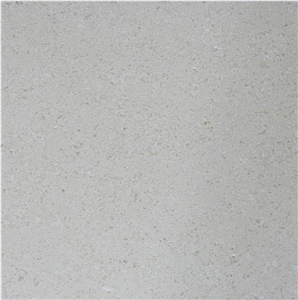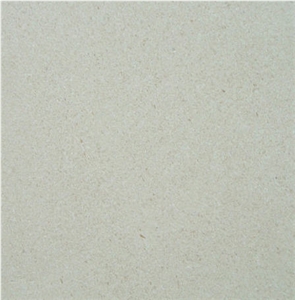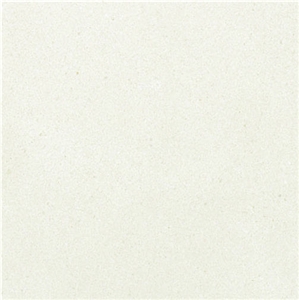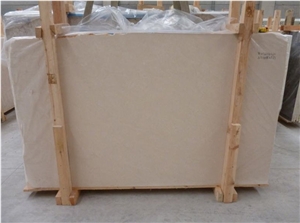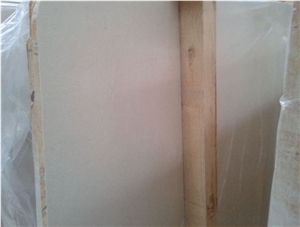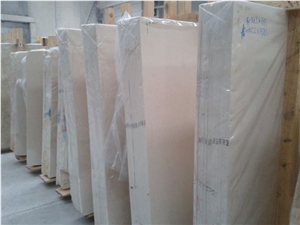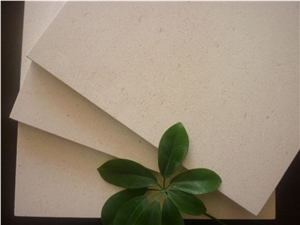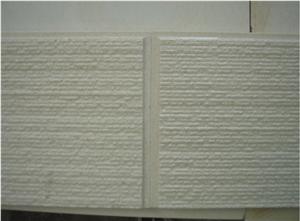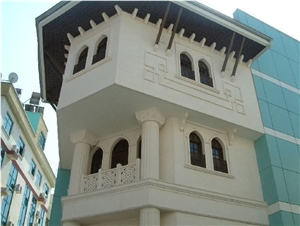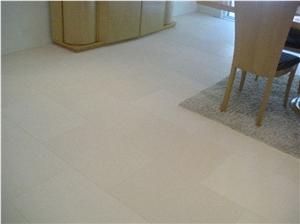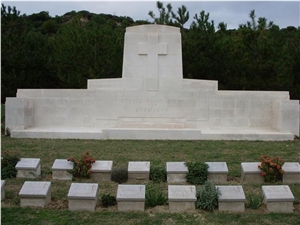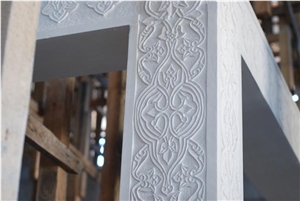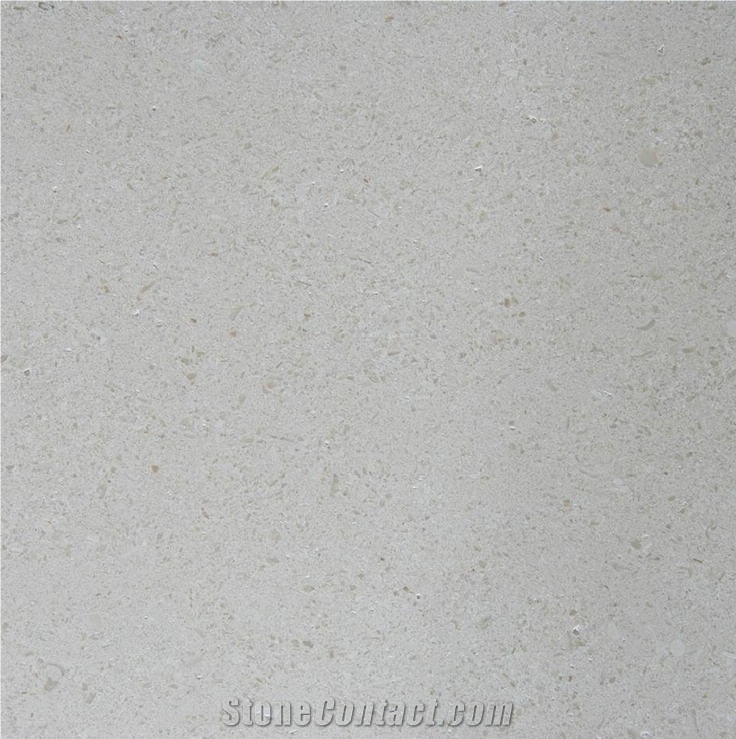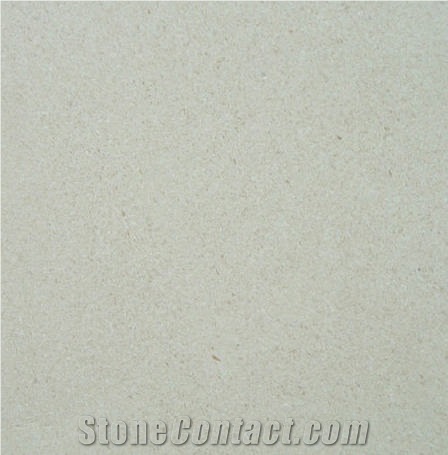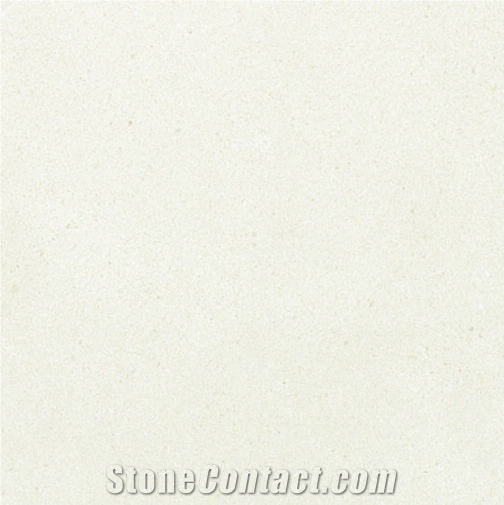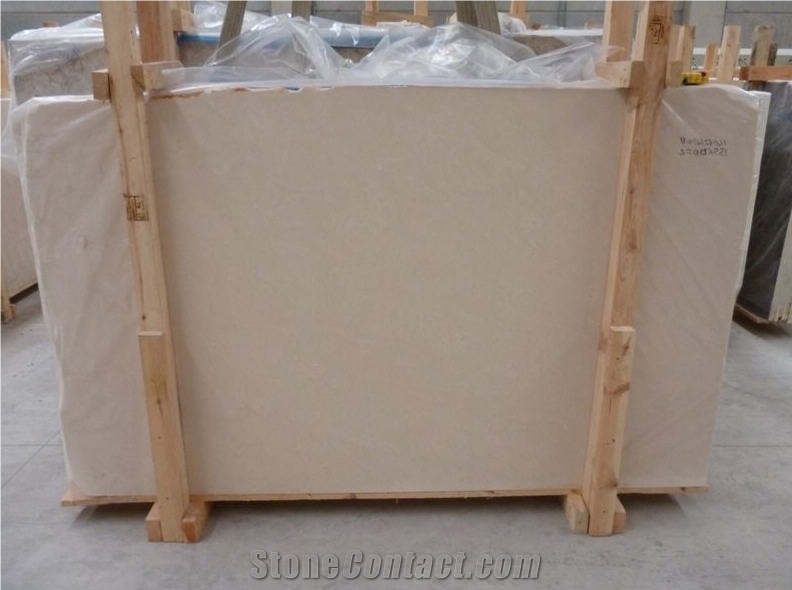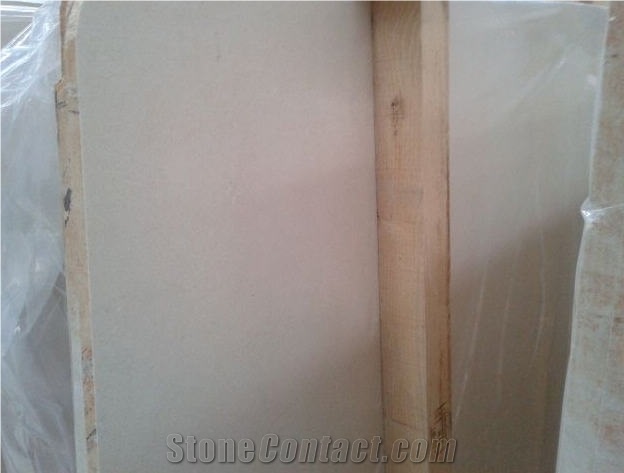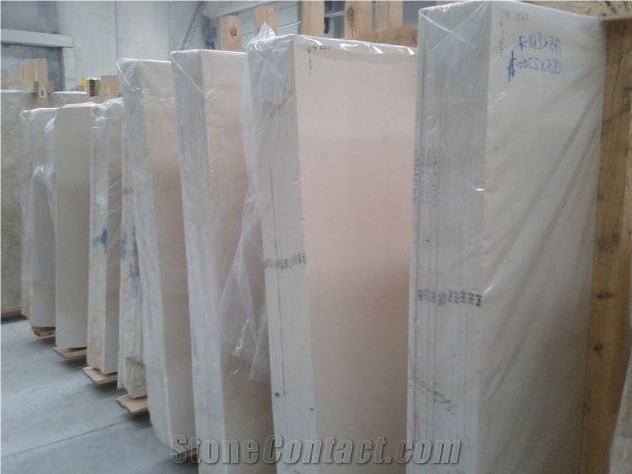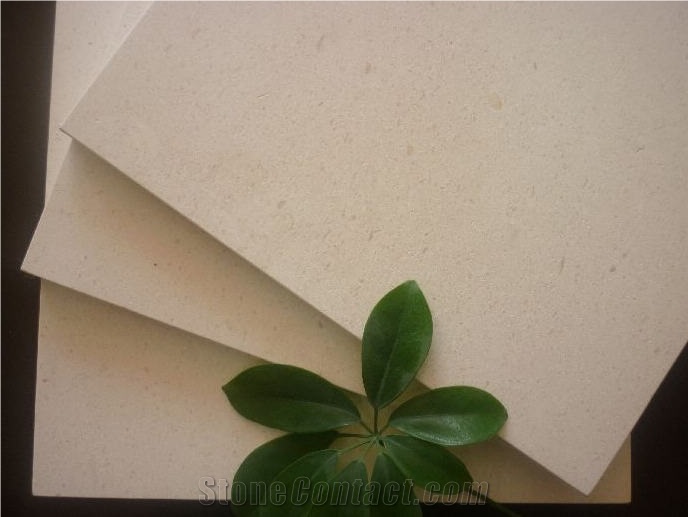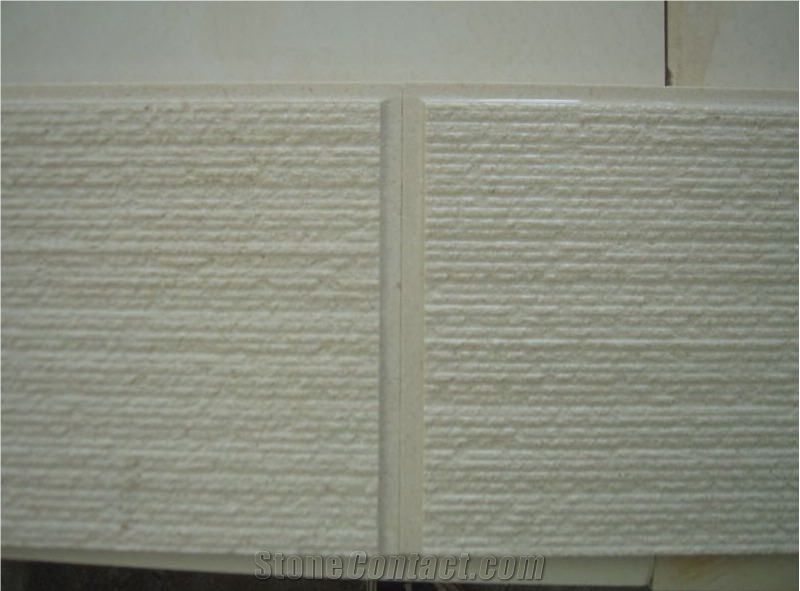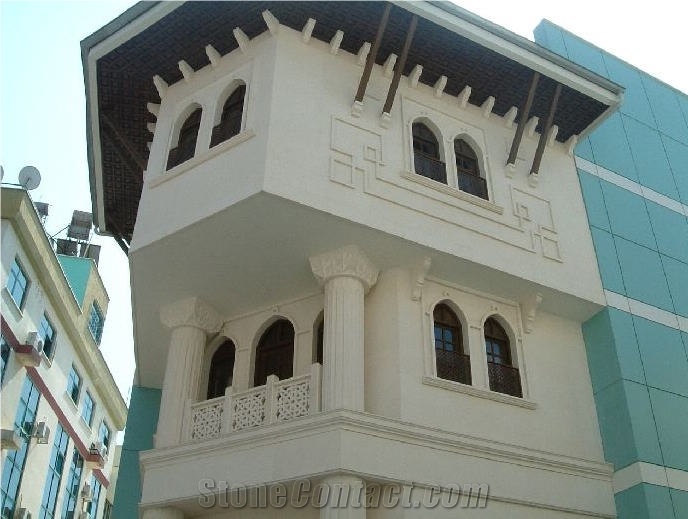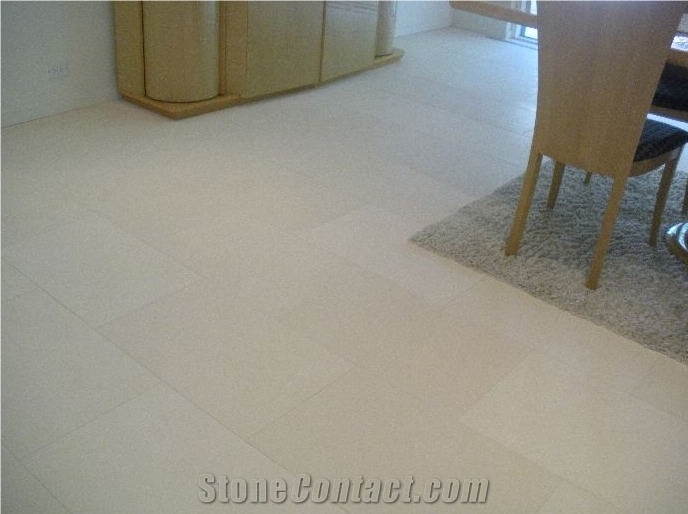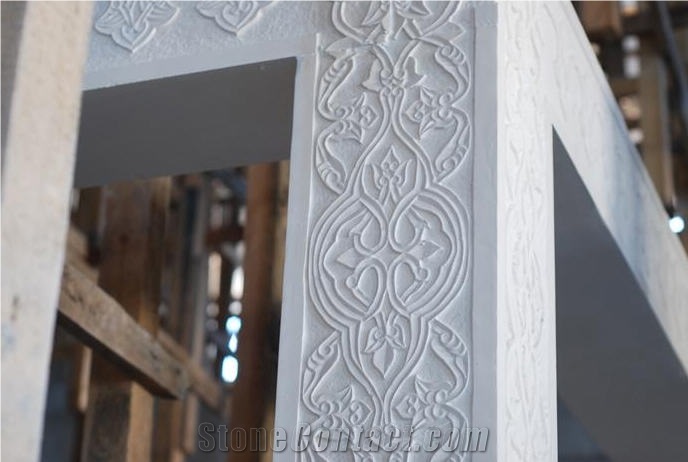Arykanda Limestone
 Turkey
(Alacadağ Mevkii, Finike, Antalya)
Turkey
(Alacadağ Mevkii, Finike, Antalya)
Hardness : MOHS 2.50
Unit Volume Weight: GR/CM3 2.46
Specific Weight:GR/CM3 2,55
Water Absorption : % 3.64
Porosity: % 8.66
Ratio of Fullnes :% 88.00
Uniaxial Compressive Strength : KGF/CM2 615.64
Point Load Strength : KGF/CM2 34.81
Compressive Strength After Freezing: KG/CM2 496,52+_79,40
Changing of Compressive Strength After Freezing : %18,22
Compressive Strength Dry/Wet : KG/CM2 607,12+_126,03/507,09+_94,30

Is Turkey's Arykanda Limestone an expensive stone?

What are the most popular Arykanda Limestone mosaic tile patterns?

Is Arykanda Limestone durable for use as outdoor terrace pavers?

How can I repair the scratched surface of the Arykanda Limestone tiles?

What is the standard diameter of a Arykanda Limestone mosaic round medallion?

How do I clean a Arykanda Limestone fireplace mantel?

What cement to use for Arykanda Limestone steps?

Does Arykanda Limestone scratch easily?

What is the difference between Arykanda Limestone baseboard and moulding?

How do I clean Arykanda Limestone without damaging it?

Can Turkey's Arykanda Limestone be used exterior applications in cold climates?

Can Arykanda Limestone be used as a kitchen cutting board?

Can Turkey's Arykanda Limestone be used in a bathroom?

Can Turkey's Arykanda Limestone be used in landscaping?

Can Turkey's Arykanda Limestone be used outdoors?

What is the coefficient of friction of Leathered Turkey's Arykanda Limestone tiles?

Is Arykanda Limestone tile good for a backsplash?

How thick is Arykanda Limestone for exterior steps?

What is the average compressive strength of Turkey's Arykanda Limestone?

Can Arykanda Limestone be used for swimming pool coping?

Does Arykanda Limestone need sealed?

How do I clean Arykanda Limestone window sills?

Is Arykanda Limestone resistant to mold?

What cement to use for Arykanda Limestone mosaic tiles?

What are the three main types of Arykanda Limestone Greek columns?

What standard size are Arykanda Limestone Versailles pattern pavers?

How thick should outdoor Arykanda Limestone paving tiles be?

Does vinegar damage Arykanda Limestone floor?

Is Arykanda Limestone good for exterior urban steps?

What is the difference between Arykanda Limestone Doric and Corinthian columns?

What is the difference between Arykanda Limestone trim and border?

Are honed Arykanda Limestone steps slippery?

Is Arykanda Limestone good for a fireplace?

Is Arykanda Limestone good for window sills?

Is Arykanda Limestone good for table tops?

What grade is Turkey's Arykanda Limestone?

What are the types of Arykanda Limestone molding border designs?

What are the different types of traditional Arykanda Limestone columns?

Is Arykanda Limestone stronger than sandstone?

Is Arykanda Limestone good for interior steps?

Is Arykanda Limestone resistant to heat?

Are there color variations of Turkey's Arykanda Limestone?

Are Arykanda Limestone mosaic tiles good for backsplash?

What size Arykanda Limestone treads for exterior stairs?

What is the minimum depth of exterior Arykanda Limestone stairs?

What is the difference between Arykanda Limestone Doric and Ionic columns?

Are Arykanda Limestone mosaic tiles good for bathroom floor?

What is the standard thickness of a Arykanda Limestone mosaic round medallion?

What size should an Arykanda Limestone outdoor step be?

What thickness should a Arykanda Limestone window sill be?
-

 China
China
 5YRDiamond members are premium members on platform, providing members with comprehensive approach to promoting their products, increasing products exposure and investment return to maximize.
5YRDiamond members are premium members on platform, providing members with comprehensive approach to promoting their products, increasing products exposure and investment return to maximize.
 Verified Supplier is for prove company authenticity,including business license,trade license and effective office space,to enhance buyers' trust to suppliers and their products, reducing communication costs.
Verified Supplier is for prove company authenticity,including business license,trade license and effective office space,to enhance buyers' trust to suppliers and their products, reducing communication costs.
Contact Supplier
-

XIAMEN TOP STARS STONE COMPANY LIMITED
 China
China
 10YRDiamond members are premium members on platform, providing members with comprehensive approach to promoting their products, increasing products exposure and investment return to maximize.
10YRDiamond members are premium members on platform, providing members with comprehensive approach to promoting their products, increasing products exposure and investment return to maximize.
 Verified Supplier is for prove company authenticity,including business license,trade license and effective office space,to enhance buyers' trust to suppliers and their products, reducing communication costs.
Verified Supplier is for prove company authenticity,including business license,trade license and effective office space,to enhance buyers' trust to suppliers and their products, reducing communication costs.
Contact Supplier
-

-

-

 Turkey
Turkey
 Verified Supplier is for prove company authenticity,including business license,trade license and effective office space,to enhance buyers' trust to suppliers and their products, reducing communication costs.
Verified Supplier is for prove company authenticity,including business license,trade license and effective office space,to enhance buyers' trust to suppliers and their products, reducing communication costs.
Contact Supplier
-

 Turkey
Turkey
 Verified Supplier is for prove company authenticity,including business license,trade license and effective office space,to enhance buyers' trust to suppliers and their products, reducing communication costs.
Verified Supplier is for prove company authenticity,including business license,trade license and effective office space,to enhance buyers' trust to suppliers and their products, reducing communication costs.
Contact Supplier
-

 Turkey
Turkey
 Verified Supplier is for prove company authenticity,including business license,trade license and effective office space,to enhance buyers' trust to suppliers and their products, reducing communication costs.
Verified Supplier is for prove company authenticity,including business license,trade license and effective office space,to enhance buyers' trust to suppliers and their products, reducing communication costs.
Contact Supplier
-

 Turkey
Turkey
 Verified Supplier is for prove company authenticity,including business license,trade license and effective office space,to enhance buyers' trust to suppliers and their products, reducing communication costs.
Verified Supplier is for prove company authenticity,including business license,trade license and effective office space,to enhance buyers' trust to suppliers and their products, reducing communication costs.
Contact Supplier
-

 Turkey
Turkey
 Verified Supplier is for prove company authenticity,including business license,trade license and effective office space,to enhance buyers' trust to suppliers and their products, reducing communication costs.
Verified Supplier is for prove company authenticity,including business license,trade license and effective office space,to enhance buyers' trust to suppliers and their products, reducing communication costs.
Contact Supplier
The request includes: 1. surface finished, size 2. quantity required






